There’s a general farm layout that we like here at Stall and Stable. The core design meets the needs of both horses and humans in a balance that can be …
Inspired Farm Design
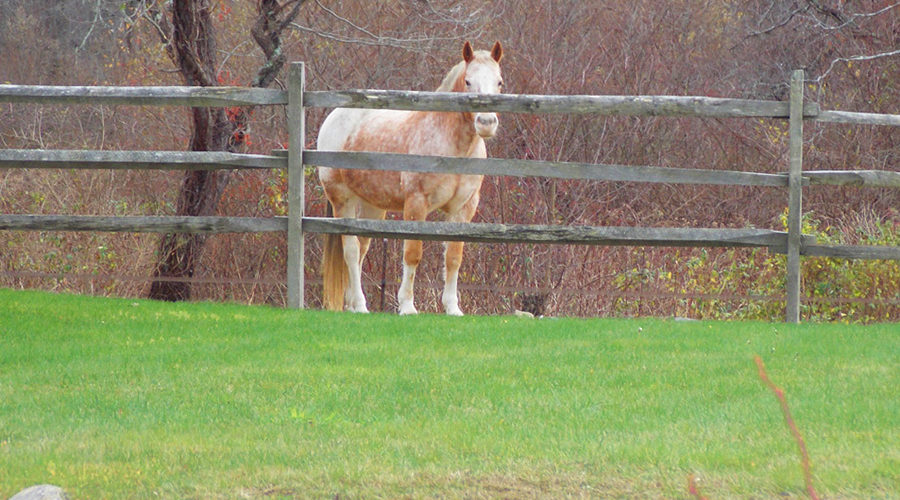
Best Practices in Horsekeeping
Content for Stall and Stable subscribers.

There’s a general farm layout that we like here at Stall and Stable. The core design meets the needs of both horses and humans in a balance that can be …
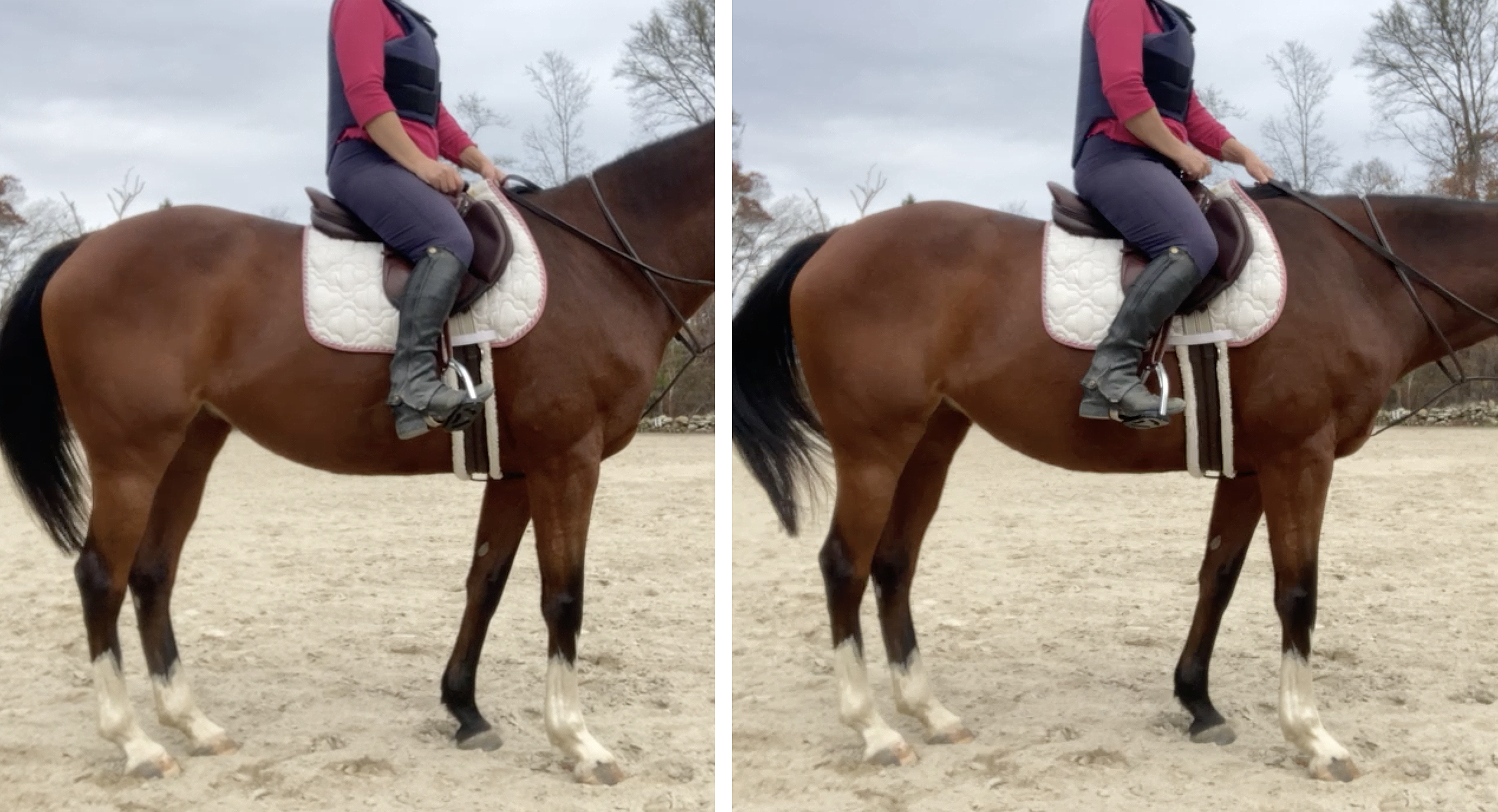
In this photo, you will see why I have been struggling with Siouxsie for such a long time. On the left is my typical leg position. My heels are down alright, but not the way that’s correct or effective.
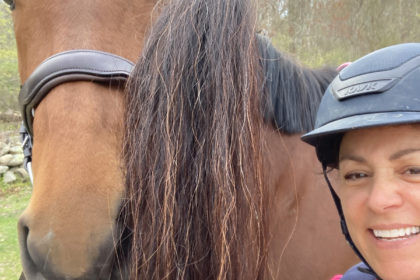
First ride on Clarabelle after scoping clear, and first ride since January of this year! How does one go forward with a 5-year-old off-track thoroughbred whose recent health issues are …
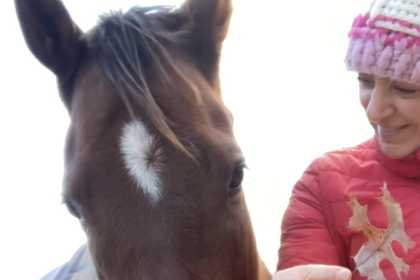
It’s been very cold and windy here in New England the last few days. In fact, it is the time of year when my seasonal depression kicks in, leaving me …
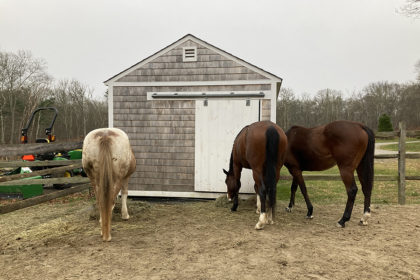
Listen in to this first episode of the Hoo Hollow Chronicles, as Helena welcomes Clarabelle to the herd.